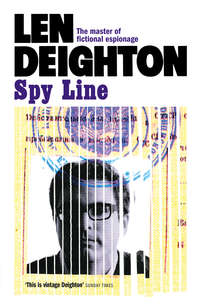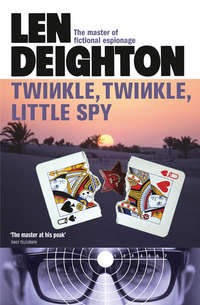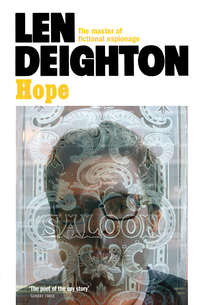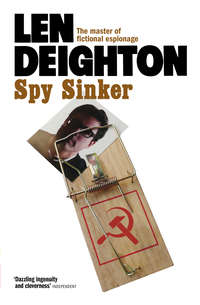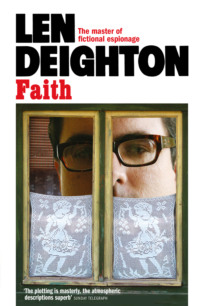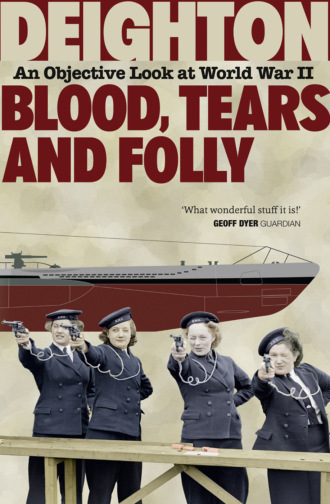
Полная версия
Blood, Tears and Folly: An Objective Look at World War II
By using ‘wakeless’ electric G7e torpedoes – and suppressing the water swell – a submarine could fire without betraying its position. Smaller targets were sunk by means of the deck gun, which was usually an 8.8-cm artillery piece. To fire it in anything but calm water without going overboard demanded the agility of an acrobat. Hitting anything other than a large target was very difficult. When war began there was also a single 2-cm Flak gun (short for Flugabwehrkanone, anti-aircraft gun) but this proved of little use against aircraft and bigger and better ones were fitted as the war continued.
Life aboard a submarine was rigorous. The hull’s interior was the size and shape of a passenger train but the ‘train’ was crammed with machinery into which the men were artfully fitted. There was no privacy whatever for anyone. Even the captain had no more than a curtained desk, past which everyone pushed to get to their stations. This is how an official German navy war correspondent saw it:
My bunk is in the petty officers’ quarters, the U-room, the most uncomfortable on board: it has the most through traffic. Anyone who wants to get to the galley, or to the diesels or the E-motors has to come through here. At every change of watch the men from the engine room squeeze through from astern, and the new watch comes through from the control room. That means six men each time. And the stewards have to work their way past with their full dishes and pots. In fact, the whole place is nothing more than a narrow corridor with four bunks on the right and four on the left. In the middle of the passage, screwed to the floor, there’s a table with folding leaves. The space on both sides is so narrow that at mealtimes the men have to sit on the lower bunks with their heads bent. There is far too little space for stools. And there is mess and confusion whenever someone has to get from the engines to the control room or vice versa during a meal.6
There were no bathing facilities, and only one lavatory which could not be used when the submarine dived. When under attack the lavatory might well be out of action for 24 hours. No one shaved and most didn’t change even one article of clothing for the entire voyage. The stink of human bodies was mixed with those of oil and fuel. There was also the pervading smell of mould, for in the damp air everything, from bread to log books, went mouldy. The men – mostly young, for only young men could endure the hardships and the stress – were apt to douse themselves in eau de cologne to exchange one smell for another.
The Commander is astride the periscope saddle in the narrow space between the periscope shaft and the tower wall, his face pressed against the rubber shell, his thighs spread wide to grip the huge shaft. His feet are on the pedals that enable him to spin the great column and his saddle through 360 degrees without making a sound; his right hand rests on the lever that raises and lowers it. The periscope motor hums. He’s lowering it a little, keeping its head as close to the surface of the water as he possibly can.
The Chief is standing immobile behind the two men of the bridge watch who are now operating the hydroplanes. His eyes are glued to the Papenberg and its slowly rising and falling column of water. Each change in it means that the boat is doing the same.
Not a word from anyone. The humming of the periscope motor sounds as if it’s coming through a fine filter; the motor starts, stops, starts again, and the humming resumes. The Commander ups periscope for fractions of a second and immediately lets it sink below the surface again. The destroyer must be very close.7
Most of the time was spent on the surface. In the Atlantic this meant endless rolling and pitching. Boats on the surface needed lookouts who got very cold and wet. In the northern waters lookouts grew accustomed to icy water breaking over them with such force that they required leather harness to secure them to the bridge brackets. Reminders about wearing such restraints sometimes included the names of U-boat men who had recently been washed overboard. The men on watch wore protective clothing of leather, or sometimes of rubber, under their oilskins, with towels around their necks. Even so they usually became soaked to the skin in anything but calm weather. Almost every submariner complained of rheumatic pains. Below decks the crew were permitted to wear any clothing they wished. ‘Lucky’ sweaters, knitted by loved ones, were popular, so were British army khaki battledress jackets, thousands of which had come from captured dumps in France. Some captains would distribute a measure of schnapps at times of great joy or great suffering; other boats were completely dry.
The men of the preceding watch come down the ladder stiffly. They are soaking wet. The navigator has turned up his collar and drawn his sou’wester down over his face. The faces of the others are whipped red by spray. All of them hang their binoculars over hooks and undress as silently as the new watch dressed, peeling themselves awkwardly and heavily out of their rubber jackets. Then they help one another off with their rubber pants. The youngest member of the watch loads himself with the whole mass of wet oil-skin trousers, jackets, and sou’westers, and carries it aft. The spaces between the two electric motors and on both sides of the stern torpedo tube are the best for drying. The men who have come off duty gulp down a mouthful of hot coffee, polish their binoculars, and stow them away.8
When in May 1941 a young British officer led a boarding party to search a U-boat captured at sea, he was impressed by its fine construction, the fittings and the way in which the ward room had varnished woodwork and numbered cupboards with keys to fit them. He remarked upon the magnificent galley and the cleanliness of the boat throughout. During his search he found other evidence of the high living standards the Germans enjoyed; cameras and even a movie camera were among the crew’s personal effects. He said the sextants were of far better quality than the Admiralty issue and the binoculars the best he’d ever seen. He kept a pair for himself.9
In the war at sea, as well as on land and in the air, radio brought changes in tactics. Better longer-range radios enabled the submarines to be sent to find victims in distant waters or concentrated against a choice target. Admiral Karl Dönitz was the German navy’s single-minded submarine expert. He thought primarily, if not solely, in terms of war against Britain. He had long since decided that a future submarine war would be an all-weather one, and that (with asdic unable to detect small surface targets) he would coordinate night attacks by surfaced submarines. This line of thinking was published in his prewar book. It was to prove one of the most effective tactics of the war.
The Royal Navy liked to believe that U-boats could be countered by means of ‘hunting groups’ of warships. Such warfare had the name, colour, speed and drama that suited the navy’s image of itself. But this idea had been tried and found useless in the First World War. Experience proved that in the vastness of the seas the submarine could remain undetected without difficulty. It was one of these hunting groups – an aircraft-carrier with a destroyer escort – which was attacked at night by U-29 just two weeks after the declaration of war. The carrier HMS Courageous sank with heavy loss of life.
The way in which Courageous was exposed to danger was proof that the Admiralty truly believed that asdic and depth charges provided adequate protection against the U-boat. But now there were second thoughts about ‘hunting groups’ which had depleted the number of escorts available for the merchant convoys. The way to kill U-boats was to guard the merchantmen. Then the submarines would have to come and find you.
Конец ознакомительного фрагмента.
Текст предоставлен ООО «ЛитРес».
Прочитайте эту книгу целиком, купив полную легальную версию на ЛитРес.
Безопасно оплатить книгу можно банковской картой Visa, MasterCard, Maestro, со счета мобильного телефона, с платежного терминала, в салоне МТС или Связной, через PayPal, WebMoney, Яндекс.Деньги, QIWI Кошелек, бонусными картами или другим удобным Вам способом.



